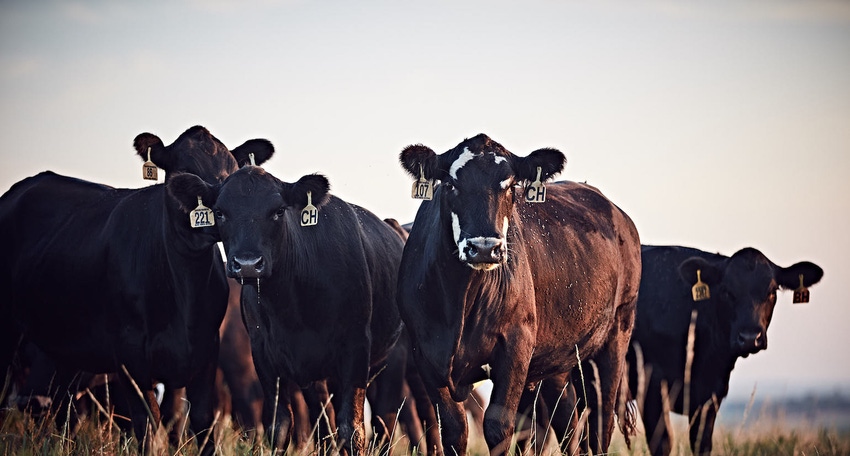Welcome to Health Ranch, where you can find information and resources to help you put the health and well-being of your cattle at the top of the priority list.
Make the most of your cattle deworming program
When it comes to deworming, correct dosing, choosing the right animals to deworm, and parasite monitoring will benefit your cattle herd and the future of the industry
August 31, 2018

Sponsored Content
A common practice found on many operations is to dose dewormers according to the average weight of the herd. While convenient, this can under-dose a significant number of the cattle and diminish the effectiveness of the drug.
For this reason, Doug Ensley, DVM, technical marketing manager at Boehringer Ingelheim, encourages producers to use a scale and treat each animal according to their chosen deworming product’s label.
“If you’re using an average weight, you’ll under-dose 50 percent of the animals, and that will contribute to building resistance to parasites,” said Dr. Ensley. “The best opportunity to protect your animals from parasites is to use the product the way it’s labeled.”
One of the questions Dr. Ensley is most asked by producers is if they have to deworm all of the animals in their herd. “The answer to this question is that you should talk to your veterinarian to discuss your deworming program,” he stated. “If you and your veterinarian have concerns about the potential for resistance, then you may want to consider focusing on the animals that are at the highest risk for a parasite infection — your growing animals. If you deworm your young stock, such as replacement heifers, first-calf heifers and also those animals that are a little thin, the parasite load in your pasture will be reduced.”
The other million-dollar question: How do you know if the product is working? Ensley recommends producers monitor the effectiveness of their dewormer product by working with their veterinarian to perform fecal egg count reduction tests (FECRT). FECRTs assess the effectiveness of products being used, and can help detect if you have parasite resistance in your herd.
Dr. Ensley directs producers to take two sets of fecal samples from your herd; the first at the time of treatment, or according to your veterinarian’s recommendation. Then, come back in 14 to 28 days (depending on your treatment dewormer) to take another set of samples from the same animals, and calculate the reduction in egg counts, before and after deworming.
“Do this test on 20 percent of your herd, or 20 animals, whichever is fewer,” Dr. Ensley continued. “We want to see a 90 to 95 percent fecal egg production reduction.” Less than that would suggest a resistant population is present.
When conducting a fecal egg count or a fecal egg count reduction test, it’s important to determine the predominant worm species present in your herd. Your veterinarian may suggest the use of concurrent, or combination, therapy to ensure your animals are protected.
“Concurrent therapy is the practice of using two or more dewormers of different classes at the same time,” explained Dr. Ensley. “Three classes of anthelmintics are currently approved in the United States: macrocyclic lactones, benzimidazoles and imidazothiazoles.”
Some parasites are naturally resistant to certain classes, and studies show that deworming with an additional anthelmintic class can help take out the parasites that would survive treatment from a single product.
“Currently, there aren’t any dewormers labeled for combination therapy use, and only your veterinarian can determine if you need a plan for treating cattle with full doses of two or more products of differing classes,” said Dr. Ensley.
If you’re wondering which deworming product to use, Dr. Ensley recommends selecting a dewormer with the highest efficacy and the best support behind it. “Boehringer Ingelheim offers a 100 percent product satisfaction guarantee with many of our dewormers,” he asserted. “If you don’t feel the product works, we’ll be there to support you in diagnostic testing to help determine the issue.”
©2018 Boehringer Ingelheim Vetmedica, Inc. BOV-1622-ANTH0918
About the Author(s)
You May Also Like
